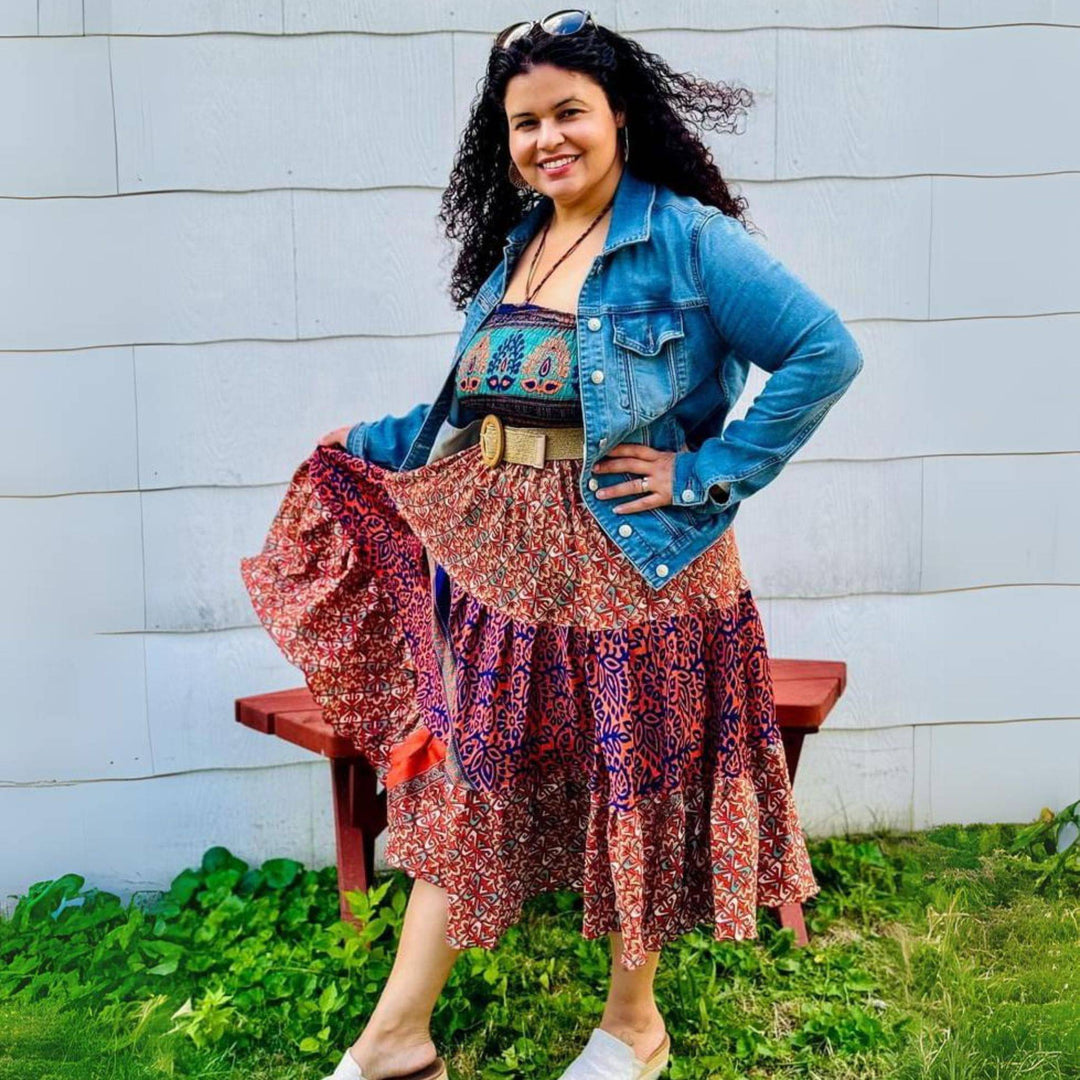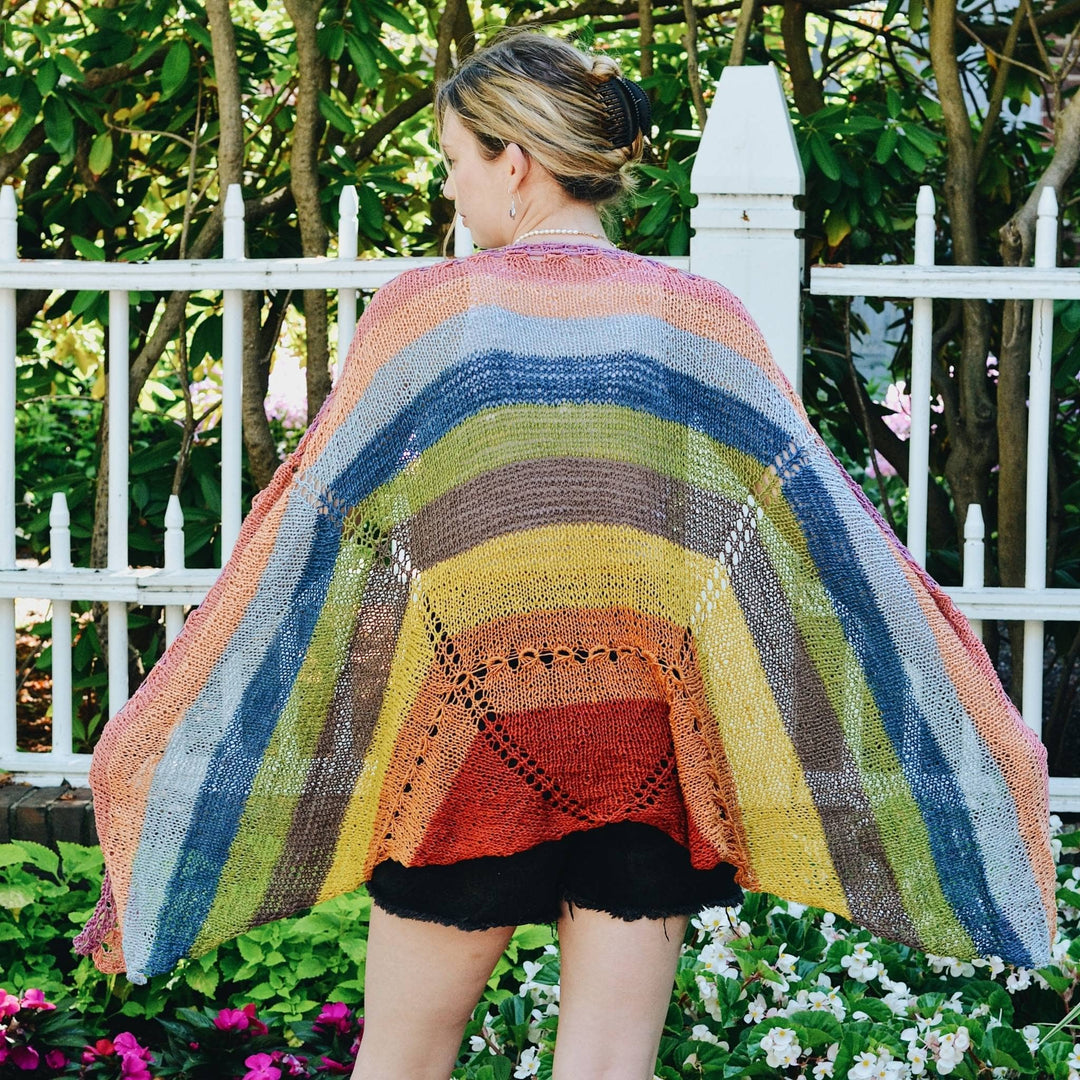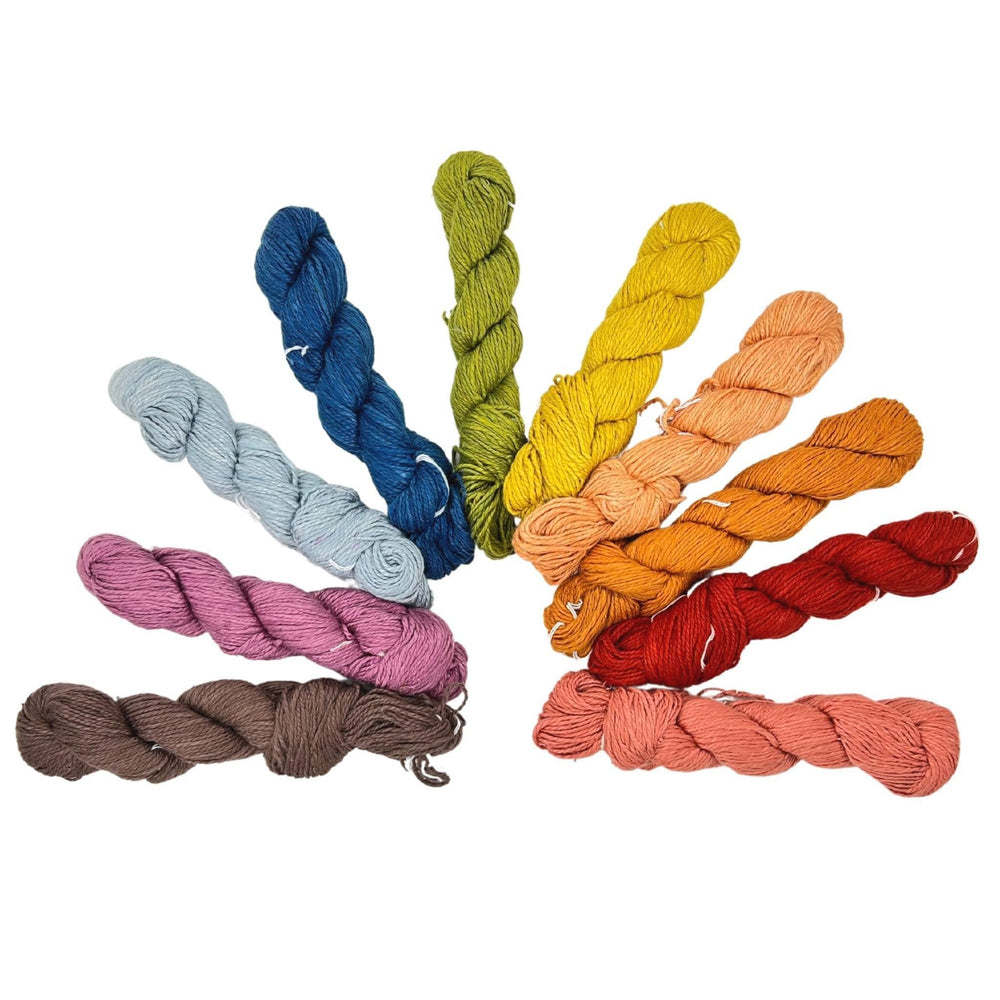Recently, a ton of states and countries have put bans on single-use plastic bags. While some people think of this as an inconvenience to their shopping experience, transitioning from single-use plastic to reusable bags is one of the most important changes we have to make as global citizens.

The Global Impact of Using Plastic Bags
An important part of making eco-friendly choices is knowledge! If you know the hows and whys, you can be more informed and connected to the planet.
So, why are plastic bags bad?
Plastic bags are rarely ever recycled and often times end up in landfills or the ocean. When plastic bags find their way into the ocean, they can kill marine animals - some studies estimate almost 100,000 animals each year die due to either eating or getting stuck in single-use plastics.

The bags that are sent to the landfill often take 50+ years to degrade, so that bag you got at the bodega 10 years ago is still in a landfill somewhere. Land used for landfills are lined to protect the soil and ground water below from any pollutants, but these liners don't always work and can leak. When there are leaks, degraded pollutants that are used to create plastic bags (like oil) can get into the soil and ground water to further pollute the planet.
The best way to avoid plastic pollution is to cut out as much plastic from your life as possible!
Why Not Use Paper Bags?!
Paper is often seen as better solution than plastic, but paper has its pitfalls as well. Paper is much easier to recycle and degrades much quicker- but to create paper bags, trees need to be cut down and processed. This could contribute to deforestation, which is never a good thing.
You can find recycled paper bags, but those are often expensive and they take a ton of energy to create. They are also not as reusable as other options and the end goal is not to create more recycling. Remember- recycle is the last option after reduce and reuse!
Save That Money!
I'm cheap.
The immediate perks to reusable bags is the savings. Most large retailers will give you some type of compensation for not using single-use plastic bags. My local grocery store will take 10 cents off my total for each reusable bag I use. Sure, that doesn't sound like a lot, but in the long run, I'd rather save that money!
Many shoppers are surprised to find that plastic shopping bags are not free. Stores include the charge for those bags in the prices of their products. That means that prices will drop if stores don't have to purchase plastic bags.
How To Choose A Reusable Bag
There are a ton of options on the market today for reusable bags and it can be a little overwhelming. With all these options, they each have positive and negative qualities that you should be aware of before you make your decision.
Polypropylene is a popular option- think of Ikea bags. These bags are low cost, relatively durable, and made out of recycled materials. The bad side to these bags is that they are made from plastic, they're non-biodegradable, and they often end up in landfills at the end of their lifecycle.
Recycled PET bags are very similar to Polypropylene as they are made out of recycled plastics. They have similar pros and cons, but the PET bags are more durable and do require less energy to produce.
Polyester is my favored reusable bag of choice. They're super easy to store and often come in really adorable patterns- which means they're easier to carry and I don't forget them as often as I do with my bulkier bags. They're typically mold resistant and relatively cheap. They do have cons though, they're usually not made out of recycled materials and they aren't bio-degradable.
Lastly: Canvas/Cotton bags! People adore cotton tote bags, they're seen as the best option to replace single use plastic bags. They're made from natural fibers, ultra durable, easy to wash, and I've seen some super cute ones- but there are some negatives to cotton bags.
To make the cotton to create the bag, farmers need to use a TON of water. According to the WWF , to grow 2 pounds of cotton, a farmer would need to use over 5,000 gallons of water. A 2018 report from the EPA of Denmark found that a single cotton tote bag needs to be used anywhere from 131 to 20,000 times to negate the negatives of their creation.
We're not trying to demonize or make anyone feel guilty about their choices- we just want you to be informed!
If you feel bad about your reusable bag of your choice, that's okay! You're putting yourself out there and caring about how your actions effect those around you, which is awesome! The options above, even though they have negatives, are much better than settling for the convince of single use plastic bags!
Darn Good Options
As an eco-friendly community, we're always looking for planet friendly choices for our everyday lives. When it comes to reusable bags, we have some pre-made options and some DIY options for our crafty friends!
1. ONE-OF-A-KIND SARI SILK PURSES
These purses are great- they're handmade by our artisans in Nepal out of reclaimed pieces of sari material, so no one purse is exactly alike! They have a lining, a zipper, and an adjustable shoulder strap.
3. COTTON TOTE BAG
We have a few different styles of cotton tote bags available. They're made out of 100% organic cotton (so you don't have to worry about those pesticides) and have a 30 pound weight limit. They're a great size and have 1-inch thick straps, so you don't have to worry about any flimsy handles.
4. KANTHA CROSSBODY TOTE
Our new crossbody totes are a really cute option for a reusable bag. They're made out of cotton from our artisans in India and they're super sturdy. They have a canvas lining inside and can zip closed. The strap is nice and thick, so no breaking handles.
Can you tell I've had a few bag handles break on me? It's traumatic.
Darn Good DIY Options
Now, onto some awesome DIY options!
1. MARKET TOTE KIT
This market tote kit is one of the most popular kits we have. It comes in both knit and crochet options, and comes with 4 skeins of our Reclaimed Chiffon Ribbon Yarn or 3 skeins of our Silk Chiffon Ribbon.
Our Reclaimed Chiffon Ribbon Yarn is one of our many one-of-a-kind products that our artisans handmake. No two skeins are alike, but if you're not into that we do have our Chiffon Ribbon Ombre Packs which are perfect for creating a gorgeous ombre market tote!
Since the chiffon is made out of reclaimed natural fiber, this tote is earth-friendly and biodegradable!
2. Loom Knit Mesh Tote Kit
Our smaller loom mesh tote is perfect for holding fruits and veg from your next trip to the farmer's market. Made of light weight lace weight silk yarn - this tiny tote is easy to fold up and bring along with you to any market.
3. HERBAL DYED RECYCLED MARKET TOTE KNIT & CROCHET KIT
This market tote kit is very similar to our first DIY kit option- but instead of chiffon, this tote is made using our Herbal Dyed Silk Ribbon Packs. The ribbon yarn is a very sturdy, bio-degradable natural silk, that has been naturally dyed by hand and is ethically sourced from our fair-labor co-ops in India.
I hope one of these options speaks to you! We hope you keep on being awesome and starting at love- for the people around you and for the Earth!
XOXO & Happy Crafting!
Kate
 Rewards
Rewards





















